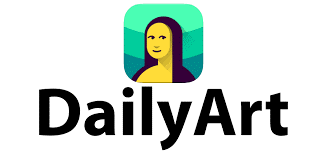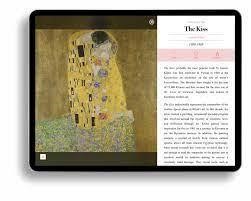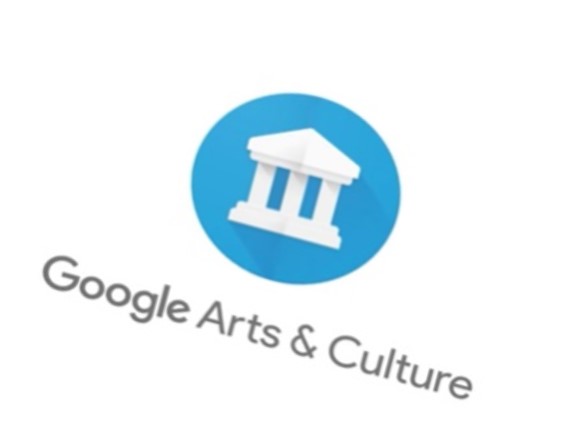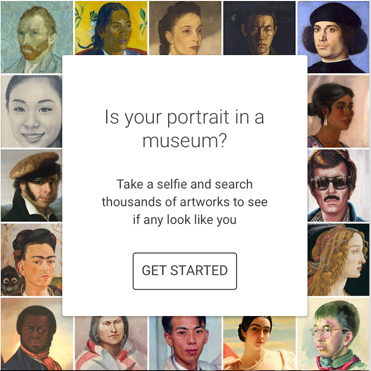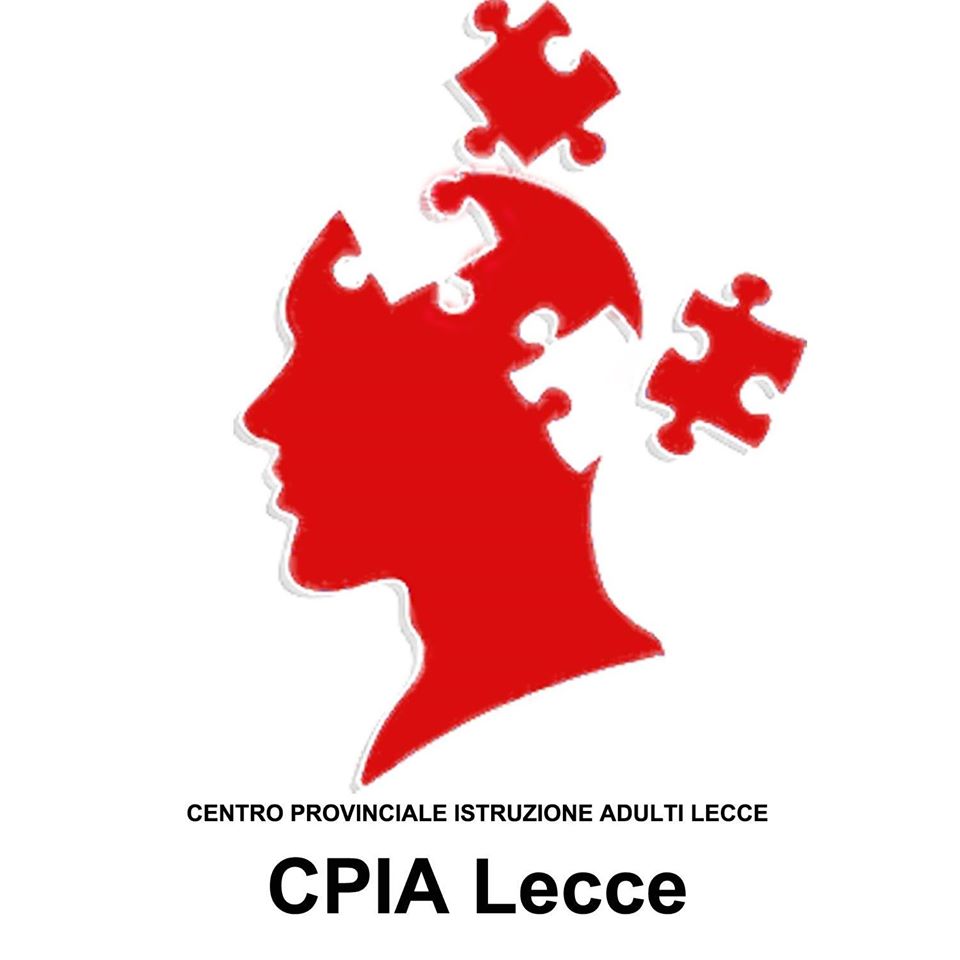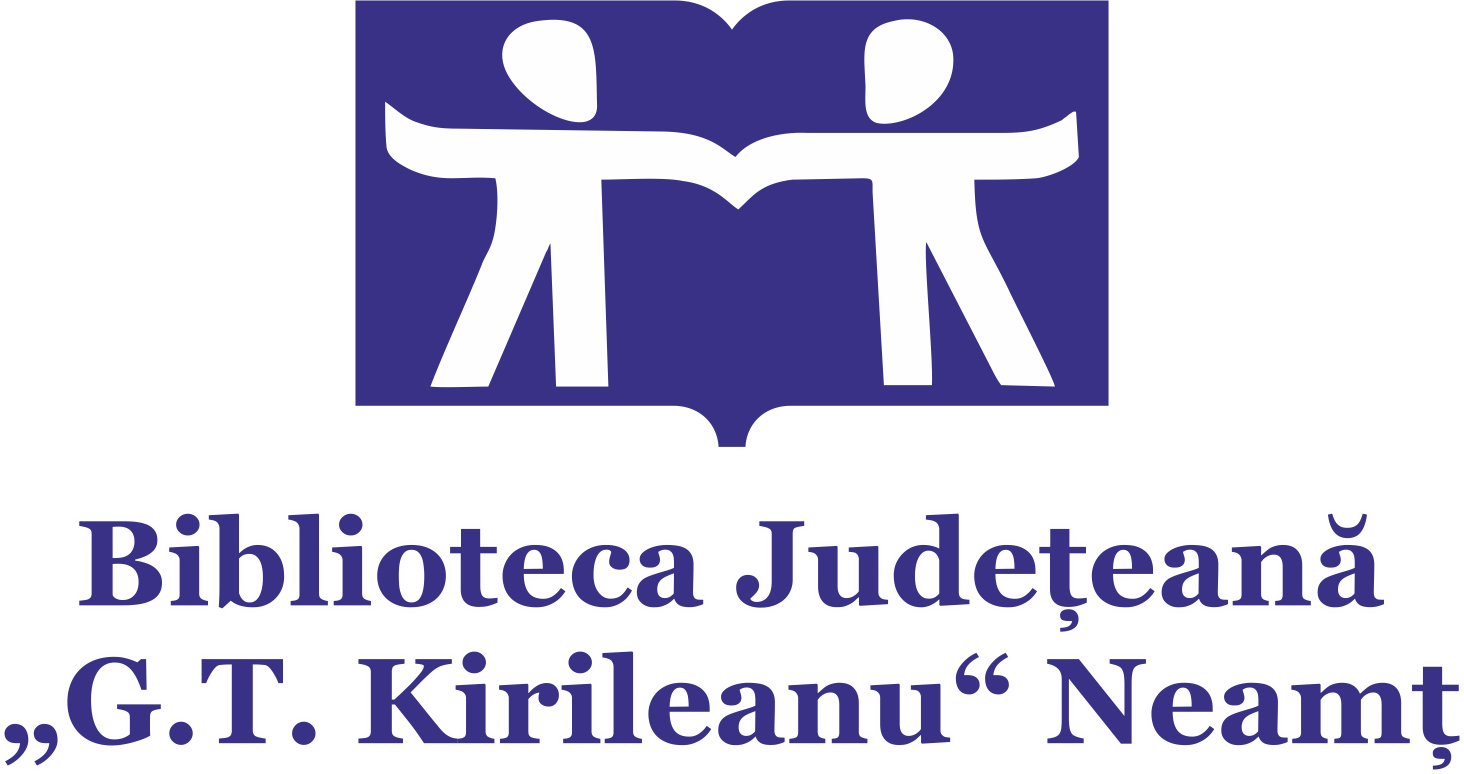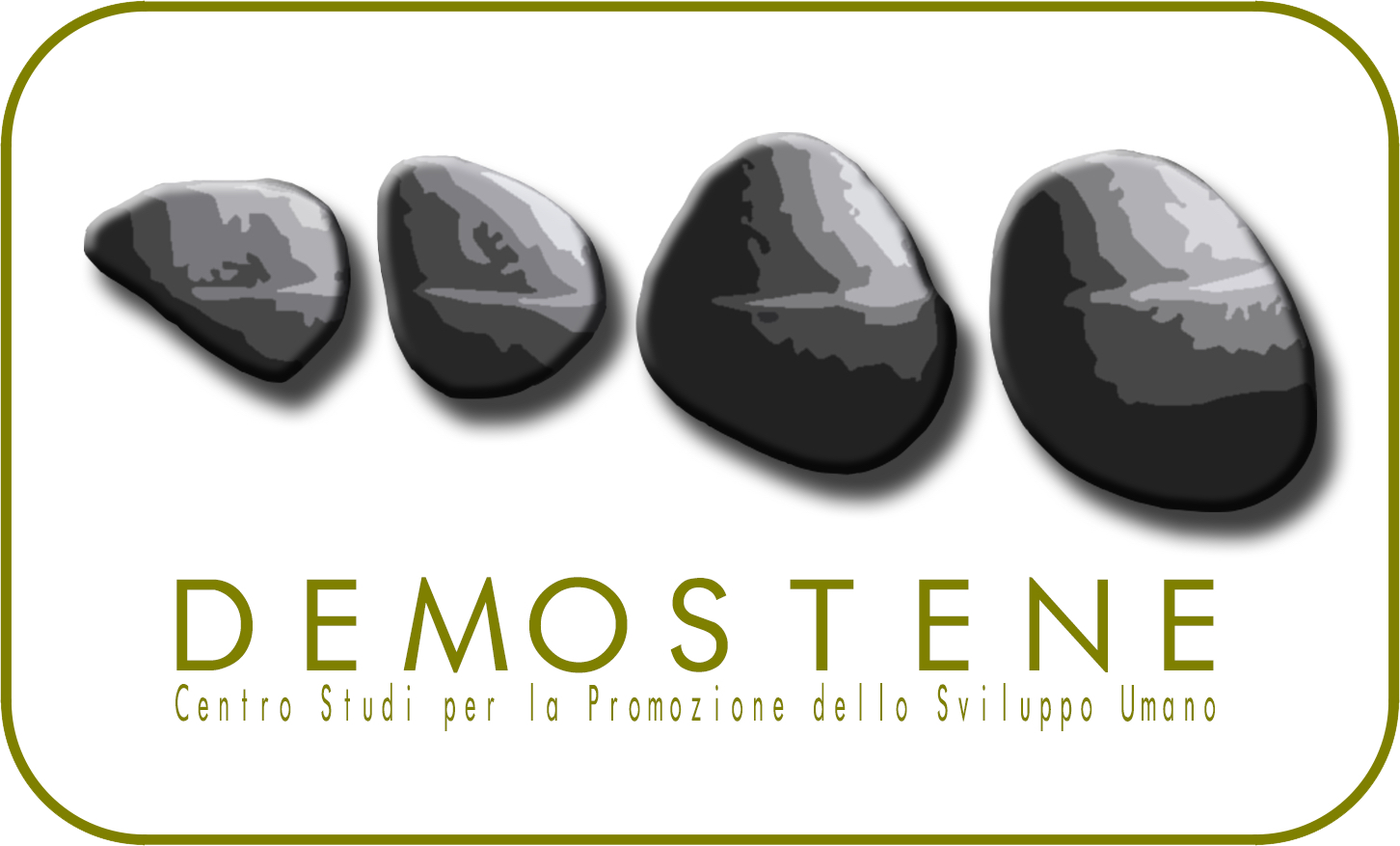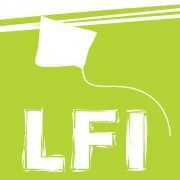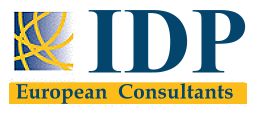 CREATIVELY USING DIGITAL TECHNOLOGY in DIGICOMP CREATIVELY USING DIGITAL TECHNOLOGY in DIGICOMPDIGICOMP 2.2 Click to read Click to read
The DigComp project is implemented by the Joint Research Centre on behalf of the European Commission. It began in 2010 and, since then, awareness has steadily grown among Member States of DigComp as the EU-wide framework for framing digital skills policy, and developing and measuring digital competence.
In DigComp, digital competence involves the "confident, critical and responsible use of, and engagement with, digital technologies for learning, at work, and for participation in society. It is defined as a combination of knowledge, skills and attitudes.”
Creatively using digital technology Click to read Click to read
According to DigComp,“Creatively using digital technologies” is the ability to use digital tools and technologies to create knowledge and to innovate processes and products. To engage individually and collectively in cognitive processing to understand and resolve conceptual problems and problem situations in digital environments (Competence 5.3 of the Digicomp framework).
Digital technology has become a pervasive presence in our lives, and many people have developed unhealthy habits and dependencies on these tools. The constant distraction and stimulation of digital technology can prevent us from focusing on what is truly important and lead to anxiety, stress, and a sense of overload.
It is necessary to develop a philosophy of digital minimalism, which involves intentionally and mindfully using digital technology in a way that supports our values and goals. This involves minimizing our use of digital tools and focusing on those that provide the greatest value and meaning in our lives.
How to choose the right tool/app Click to read Click to read
Choosing a digital tool to help you solve problems in your daily life can be a great way to stay organized and efficient. Here are some tips to help you choose the right one:
● Identify the problem: Do you struggle with time management? Do you need staying organized? Once you have identified the problem, you can search for any apps that are designed to solve that particular issue.
● Research tools: Use app stores or search engines to research apps that are designed to help with the specific problem you have identified. Read reviews, check ratings, and look for any awards or accolades the app has received.
● Determine the app’s functionality: Make sure the app has the features you need to solve your problem. For example, if you are looking for an app to help you manage your time, look for features like task lists, reminders, and scheduling tools. If you are looking for an app to help you track your finances, look for budgeting tools and expense trackers.
● Consider ease of use: Look for tools that are user-friendly and easy to navigate. Avoid apps with complicated interfaces that may add to your frustration instead of solving your problem.
● Look for compatibility: Make sure the app is compatible with your device and operating system. Some apps may only work on specific devices or platforms, so be sure to check its compatibility before downloading.
● Check for privacy and security: Be mindful of the app’s privacy policy and ensure that it is reputable and trustworthy. Check if the app requires access to your personal information or if it collects data that you are uncomfortable with.
By following these tips, you can choose a tool that is functional, user-friendly, and meets your needs for solving problems of your daily life.
We have chosen five areas in which to apply digital skills for problem solving related to our daily lives:
Unit 2: Responsible Consuming
Unit 3: Leisure time
Unit 4: Information/Culture
Unit 5: Travelling
Unit 6: Artificial Intelligence (AI)
 RESPONSIBLE CONSUMING RESPONSIBLE CONSUMINGQuality monitoring Click to read Click to read
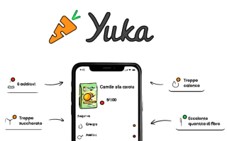 |
|
|
In recent times, people are extremely careful about their consumption habits and lifestyles and are particularly focused on choosing quality products, especially when it comes to food or cosmetic items.
Technology can come to our aid for this particular need. In fact, today we can point to apps with exceptional product quality that, with a simple scan of the barcode printed on the package, can provide very detailed information about the nutritional values of numerous food items, and also suggest healthier or more environmentally sustainable alternatives.
There are various tools, such as websites or applications that allow the user to recognize and evaluate the quality of a product, be it food or any other type of product, or find a specific item at the cheapest price. Among the most popular are the following:
|
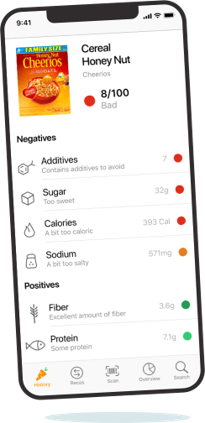 |
|
Yuka is an app developed in 2017 that allows people to scan the barcode of food and cosmetic items to get an assessment of their ingredients and their "health effects", drawing information from a comprehensive database that is constantly updated. The goal is to help consumers understand product labels, and ultimately, make healthier choices.
The app provides the item with a score out of 100.
If a product has negative effects on our health, Yuka also recommends similar but healthier alternative products.
Yuka is a 100% independent project: product testing and recommendations of healthier alternatives are done in an objective way. No brand or manufacturer can influence them one way or another as it does not accept collaborations with brands seeking to be promoted. Therefore, there is no in-app advertising. Detailed information can be found on their website (www.yuka.io)
|
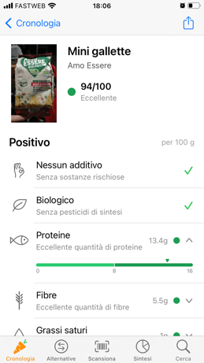 |
| Alternative apps: Open Food Facts, Open Products Facts, Food Ingredients Scanner |
|
Price monitoring Click to read Click to read
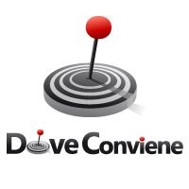 |
|
Comparing purchases is an important habit to get into if we want to save money on our purchases. If we are able to compare prices quickly, whether from our couch or at the store, we can save a lot of money. We always know where to find the best prices on our favourite products and the items we desperately need.
The first step to smart shopping is definitely to get well organized and follow a few simple rules that will help us avoid waste and optimize time and resources. Therefore, in this case, technology comes to our aid and becomes a valuable support.
Using browser extensions or websites for this task is great, but if we are “addicted” to price comparisons, we will need a good app to get the same kind of information. Here are some of the best price comparison apps for Android and iOS.
|
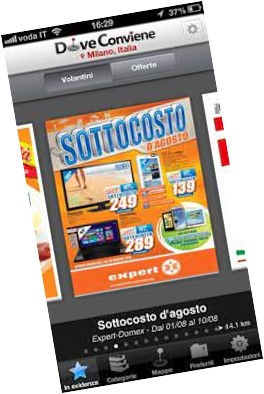 |
|
DoveConviene is an app that allows users to "browse" flyers and offers from stores and supermarkets in the area near the user, and allows them to receive notifications regarding discounts and promotions.
The app is really easy to use and is very practical and intuitive: thanks to our location (which is automatically loaded by the geolocation system of our smartphone), all the flyers of all the stores and supermarkets near us are displayed. Browsing through them, we can then find the products that we are interested in and "add them to favourites", that is, save them on a shopping list that will be available in the app in "MY SAVINGS LIST" section.
It is the only app that collects all the flyers from all the stores near us, so flyers and shopping lists are no longer needed, resulting in less paper waste.
|
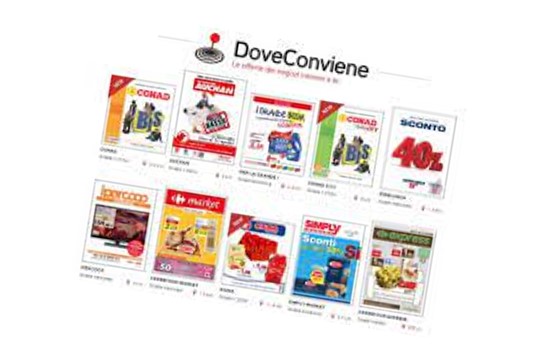 |
| Alternative apps: ShopSavvy, Barcode Scanner, PriceGrabber |
|
 LEISURE TIME LEISURE TIMEReading_Ebooks Click to read Click to read
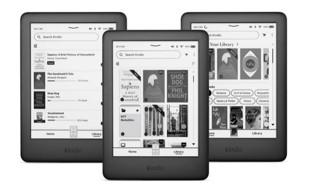 |
|
One of the advantages of electronic books is that they consume little resources, and do not release as much carbon footprint into the environment like printed books. As a result of the reduced carbon footprint from e-books, they are ultimately the best choice for a healthy planet.
Ebooks allow you to buy all kinds of books and download them to enjoy offline. Compared to the print versions, the texts purchased here generally cost less, and you can get many of them for free.
Kindle (Android/iOS/iPadOS) is a really great app for spending time on the plane!
|
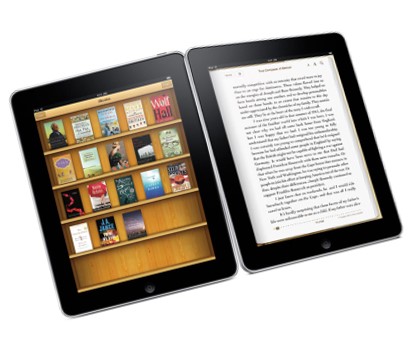 |
| The Kindle library has a surprising number of free e-books available. Beyond the free books available to everyone in the Amazon store, prime members have access to a service known as Prime Reading. This feature makes over a thousand books available for borrowing at no extra cost. |
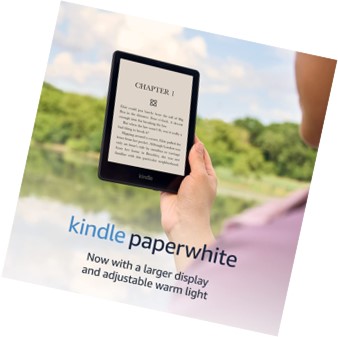 |
| Alternatives: Calibre, Project Gutenberg, Librera Reader. |
|
Foreign languages  Click to read Click to read
|
When it comes to learning a new language using an app, we need to choose the product that fits our needs best. Choosing a language learning app means considering our own wants and needs, like learning style, schedule, ability and budget, to name a few.
Duolingo (Android/iOS/iPadOS) - Duolingo is based on a gamified model of language learning, meaning that users earn rewards and achievements, build streaks, and compete on leaderboards through their learning process. This is particularly attractive to people who need a lot of external motivation when learning languages and want to treat language learning more like a game.
Duolingo guides users through a language skills tree, starting with the basics and progressing to more advanced lessons organized by topics. It focuses on helping users learn individual vocabulary words used in a variety of contexts that range from simple and practical to more complicated and outlandish. Lessons are created using artificial intelligence (AI). Duolingo’s language learning method focuses only on the language itself and not on the cultural tips and contexts in which the language is used.
|
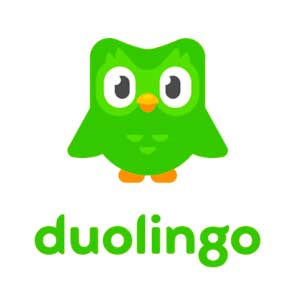 |
Babbel is designed for users who want to communicate quickly and effectively in their target language. The content of the lessons is geared towards real-life application - e.g. how to order a coffee or how to greet people in different situations. Babbel has a web app and mobile apps that help you learn and practice a new language at your own pace, plus new podcasts for a few languages and for different experience levels. The app offers courses in fourteen different languages (English, French, Spanish, German, Italian, Portuguese, Polish, Russian, Dutch, Turkish, Danish, Norwegian, Swedish, Indonesian). Lessons cover all the four different language skills: reading, writing, speaking and listening.
The difference between Babbel and Duolingo is the approach to language learning. Babbel is the better choice if you want traditional language learning through modules and lessons. Duolingo, on the other hand, is great if you are looking for a fun experience with games. |
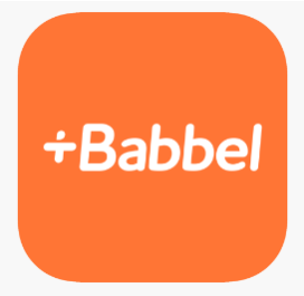 |
Translation tools Click to read Click to read
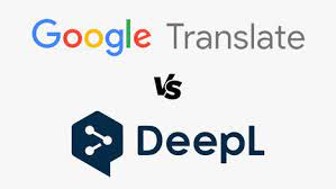 |
|
We often need to read articles or other types of texts, written in a foreign language that we do not know.
In such cases, machine translation, which has evolved so much in recent years, can come to our aid.
Today, the latest and greatest machine translation technology available is Neural Machine Translation (NMT), which uses complex deep learning models to translate a text.
Google Translate needs no introduction, being probably the most well-known machine translation software out there. Dubbed Google Neural Machine Translation (GNMT), Google’s proprietary machine translation technology uses recurrent neural networks to translate entire sentences while retaining their contexts as much as possible.
|
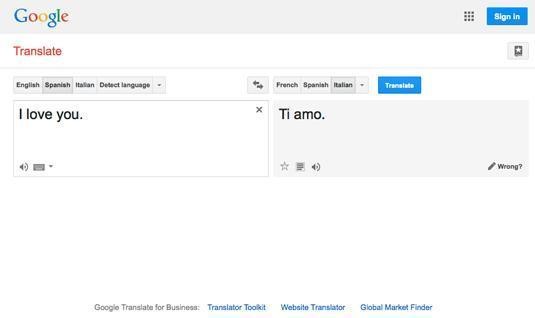 |
| Deepl Translator is an NMT service developed by Linguee GmbH (now known as DeepL GmbH), a German business that focuses on developing machine translation technology through deep learning. DeepL Translator was launched in 2017 and extensively studies and learns the best translation options from reliable linguistic sources. Thanks to the use of artificial intelligence, it can deliver more accurate translations compared to its competitors. It may truly live up to its own claim of being “the world’s most accurate translator.” |
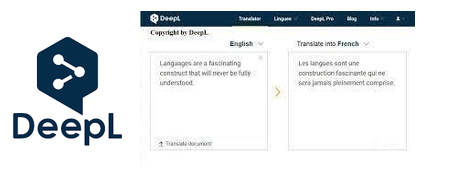 |
Restaurant services Click to read Click to read
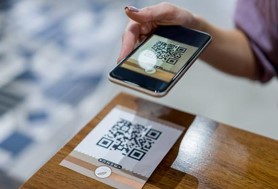 |
|
Several kinds of digital tools can be used to enhance various aspects of restaurant services. Here are some examples:
● Online ordering: Restaurants can offer online ordering through their website or mobile app, allowing customers to place orders and pay online. This can save time for both customers and restaurant staff and also help to reduce errors in order taking.
● Digital menus: Restaurants can use digital menus, which can be updated easily and quickly. Digital menus can also include pictures and descriptions of dishes, making it easier for customers to decide what to order.
● Reservation systems: Restaurants can use reservation systems that allow customers to book tables online. This can reduce the workload on staff who would otherwise have to manage reservations manually.
● Tableside ordering: Some restaurants are using digital tablets or handheld devices to take orders tableside. This can save time and reduce errors in order taking.
● Loyalty programs: Restaurants can use digital tools to create loyalty programs that reward customers for frequent visits or purchases. This can help to build customer loyalty and increase sales.
● Feedback systems: Restaurants can use digital tools to collect feedback from customers, such as through online surveys or social media. This can help to identify areas for improvement and make changes to improve customer satisfaction.
|
|
The Fork is an app that allows you to search for and book restaurant reservations online. Here's how it works:
1. Search for restaurants: Open the app and enter the location where you want to eat. The app will show you a list of nearby restaurants.
2. Browse restaurant details: Click on a restaurant to view its details, including photos, menu, and reviews from other users.
3. Book a table: If you like what you see, you can book a table by selecting the date, time, and number of guests. The app will show you available time slots and you can choose the one that works for you.
4. Receive confirmation: Once you've booked your table, you'll receive a confirmation email or text message with the details of your reservation.
The app also offers discounts and special deals for some restaurants, which can be accessed through the app. Additionally, The Fork has a loyalty program that rewards users with discounts and other benefits when they book and review restaurants through the app.
|
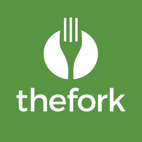 |
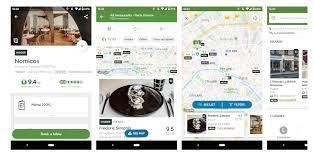 |
 INFORMATION/CULTURE INFORMATION/CULTUREInformation Click to read Click to read
Yes, apps can definitely be used for being informed and for cultural purposes. There are many different types of apps available for smartphones and tablets that can help users learn about a wide variety of subjects and topics, including history, art, literature, music, and more.
For example, there are news apps that provide up-to-the-minute coverage of current events from around the world. These apps can help users stay informed about important events and issues, and can also provide in-depth analysis and commentary.
There are also apps that focus specifically on culture and the arts. These apps may provide information about local events, exhibitions, and performances, as well as more general information about different cultures and their traditions.
Voxeurop is a multilingual news website aimed at European audiences.
The main topics covered are: Politics, Society, Economy, Science and The Environment, Culture and Ideas, The EU and the World.
The articles are published in ten different languages: English, French, German, Italian, Spanish, Czech, Dutch, Polish, Portuguese and Romanian.
Every day articles are chosen from around 200 European and international media outlets, and then translated and published. Voxeurop publishes also its original content.
Beyond partnerships with around 200 European and international press organizations for the translation of articles, Voxeurop has also signed numerous agreements with French and other outlets for the publication of articles on their website. These outlets include Alternatives économiques, Internazionale, Zeit Online, Investigate Europe, Cosmoscène, and BVC News.
Voxeurop is editorially and financially independent. As a cooperative society of collective interest, it is also independent from its shareholders, who are mostly readers, journalists and translators from 23 different countries.
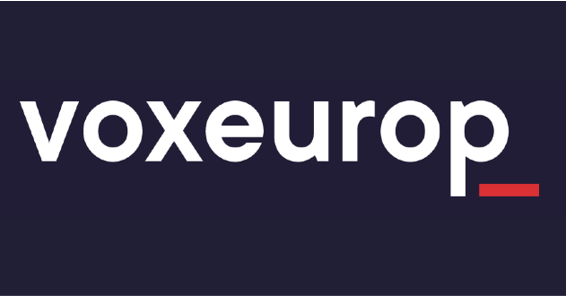
|
IRPI (Investigative Reporting Project Italy) is an association that aims to develop and promote the most varied forms of investigative journalism by collaborating with a network of journalists, activists and citizens in Italy and abroad. They do this by using and providing tools that are useful for breaking down linguistic, technological and cultural barriers, also by giving life to social, training and media education projects aimed at the school, academic and professional world.
|
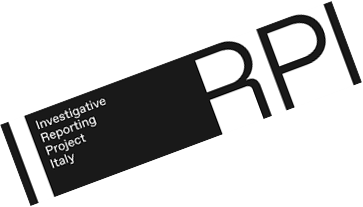 |
| Valori is an editorial hub specialized in ethical finance and sustainable economy. It tries to turn the spotlight on the injustices of the economic system, highlight the consequences of individual behavior on a local and global scale, and promote alternative experiences of social and sustainable economy. Valori is also a financial education tool capable of putting people at the center not only as "customers", but above all as citizens capable of understanding the non-economic consequences of economic actions. |
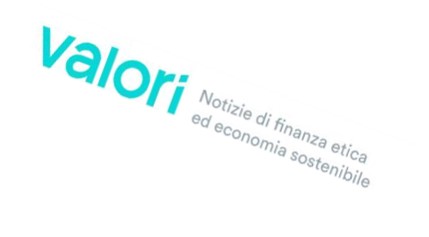 |
|
Kritica Economica is an independent web magazine founded by a group of university students, researchers and academics from diverse backgrounds who are passionate about economics and economic policy.
Their goal is to create space for debates on the most important issues of current affairs and economic history, without falling into the common prejudices that very often accompany the discussions on these topics. Lots of their articles are published in different languages.
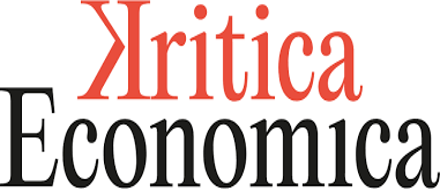
|
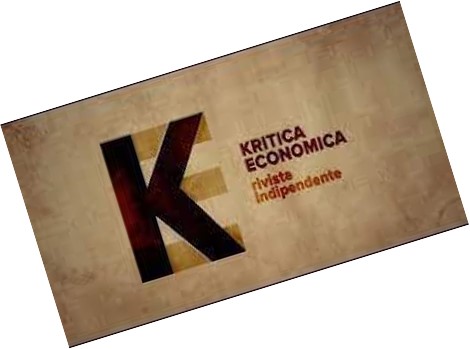 |
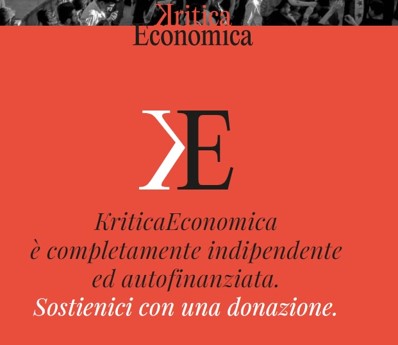 |
Culture Click to read Click to read
 TRAVELLING TRAVELLINGTravelling Click to read Click to read
Travel apps help users to research destinations, find good flight and accommodation deals, and book services. Apps like TripAdvisor also offer travel guides and allow users to check reviews and ratings from other travelers.
Imagine a website that gives you information about accommodations directly from travellers who have actually visited those places. You could learn all about the experiences of people like you before you book a stay at a hotel. You would never be disappointed by false advertisements or misrepresentations of hotels again! That's what you get with TripAdvisor, but what exactly is TripAdvisor? |
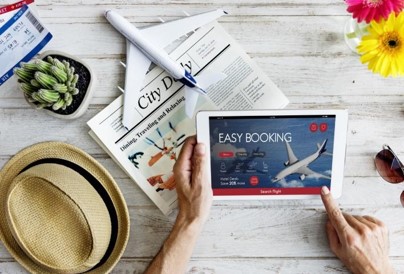 |
 |
|
Skyscanner is a travel search engine that helps users find the best deals on flights, hotels, and car rentals. Here's how it works:
|
|
● Search: The user enters their departure and arrival airports, dates, and number of travelers on Skyscanner's website or app.
● Results: Skyscanner searches thousands of airlines and travel sites to find the best deals on flights, hotels, and car rentals. The user is presented with a list of results that can be sorted by price, duration, departure time, and other factors.
● Select: The user selects the flight, hotel, or car rental that best fits their needs and budget.
● Book: Skyscanner redirects the user to the airline, hotel, or car rental provider's website to complete the booking process.
● Payment: The user pays for their booking directly with the provider.
Skyscanner makes money through referral fees from airlines and travel sites when users click through and book a flight, hotel, or car rental.
Alternatives: Kayak, FareFirst, Google Flights
|
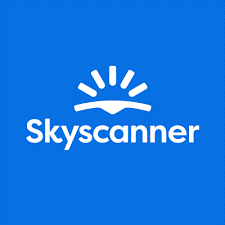 |
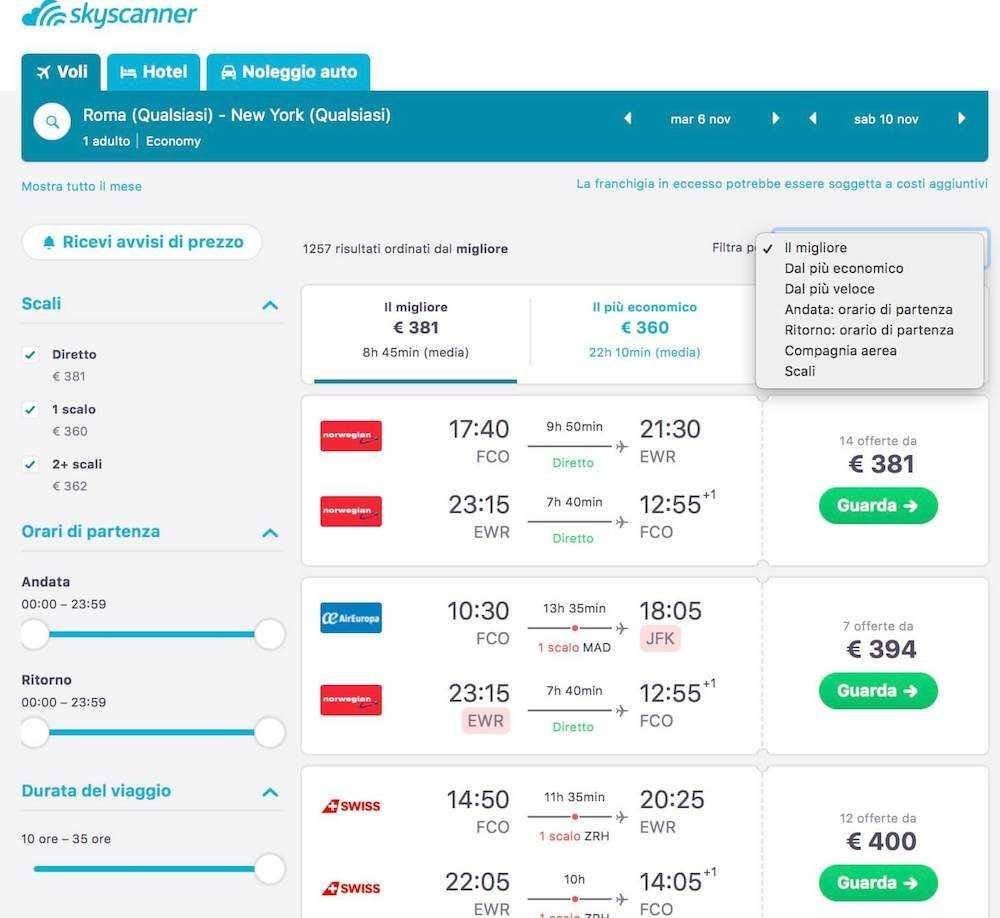 |
| TripAdvisor is an online travel information and booking website with reviews, photos and informative forums on various hotels and resorts around the world. Users rate the places they have stayed at for other users, so you can learn all about an accommodation before booking your stay there. |
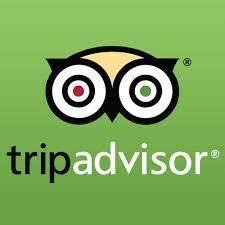 |
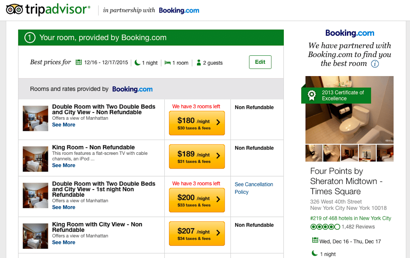 |
| Culture Trip provides articles, podcasts, and videos that contain useful information on destinations around the world that cover a variety of aspects such as culture, food, entertainment, heritage, accommodation, unusual attractions, and others. |
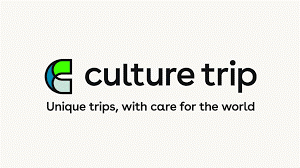 |
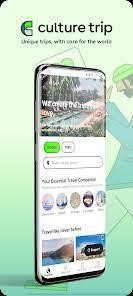 |
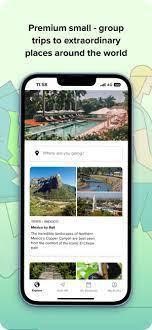 |
|
Google Travel is an app that allows you to book trips and manage itineraries.
You can easily customize the travel dates you want and the duration of your trip in your search.
When you search for flights, you can customize your search with several parameters such as:
● Connecting airports you want to use
● The time of day you wish to travel for all parts or the trip
● The airlines you’d like to fly with
You can also keep track of prices in order to get the best deal for trip. When you do this, you’ll receive email updates whenever prices go up or down. You can access all of these tools from the “Flights” tab.
Alternatives: Foursquare, Airbnb, Yelp, booking, kayak, skyscanner, FareFirst
|
 |
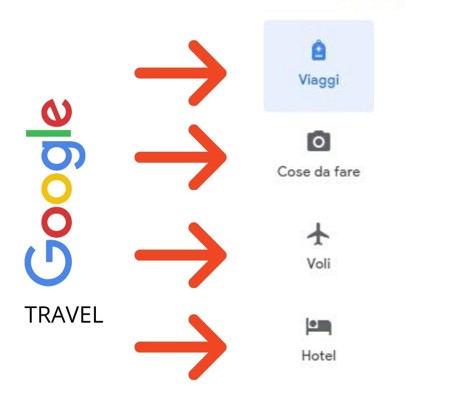 |
|
Citymapper is a navigation and map app that shows transportation options between two locations in a supported city. If you live in a big city (like London or Milan) where there are multiple ways to get around, Citymapper can help you make your commute stress-free.
Since its launch in 2011, Citymapper has already covered 80 cities and metropolitan areas worldwide. Citymapper uses sophisticated route planning combined with real-time data to help you navigate complex public transport networks. Using Citymapper is easy, and just download and install the app on your device. You'll see your current location on the home page, which is marked by a blue dot. Below the map, you'll see all available transportation options in your area.
It integrates data for all urban modes of transport, including walking, cycling and driving, in addition to public transport.
Alternatives: Google Maps
|
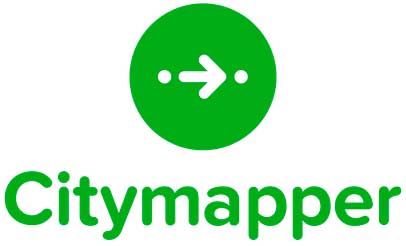 |
 |
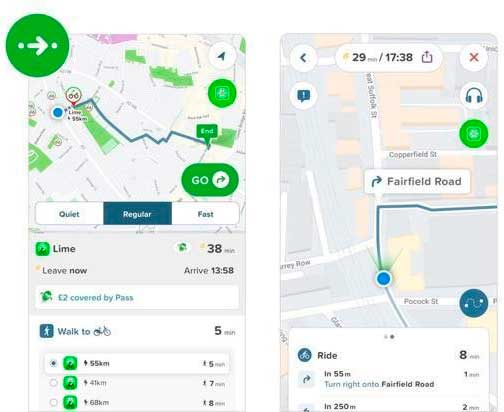 |
 ARTIFICIAL INTELLIGENCE ARTIFICIAL INTELLIGENCEArtificial intelligence Click to read Click to read
Artificial Intelligence (AI) has become a trendy topic today because of several factors:
● Advancements in technology: With the increasing computing power and availability of big data, it has become possible to train more complex AI models and use them for a wide range of applications.
● Automation and productivity: AI is seen as a powerful tool to automate routine tasks and improve productivity. This has made it a popular technology for businesses to invest in to increase efficiency and reduce costs.
● Improved user experiences: AI has also become popular due to its ability to improve user experiences by providing personalized recommendations and better search results.
● Investment and funding: The increasing popularity of AI has led to significant investment and funding from both private and public sectors, resulting in more research and development in this area.
● Media attention: The media has played a significant role in making AI a trendy topic, by highlighting the potential benefits of AI and showcasing successful applications of the technology. |
ChatGPT is a large language model developed by OpenAI. It is a type of artificial intelligence (AI) that can understand and generate human-like text in response to questions or prompts.
ChatGPT is designed to be useful for a wide range of applications, including natural language processing, chatbots, and virtual assistants. It can be used to answer questions, provide recommendations, generate text, or carry out conversations in a variety of contexts.
ChatGPT is trained on vast amounts of text data from the internet and other sources, which allows it to understand and respond to a wide range of topics and domains. It has been used in various applications, such as language translation, content generation, and customer support.
Chat GPT can answer a wide variety of questions on various topics, including:
● General knowledge questions about history, science, geography, literature, and more.
● Questions related to current events and news stories (updated to year 2021)
● Questions about popular culture, such as movies, music, TV shows, and celebrities.
● Questions related to technology, including computers, software, and the internet.
● Questions about maths, physics, chemistry, and other scientific fields.
● Questions about language and grammar.
● Questions about personal development, including mental health, relationships, and self-improvement.
Alternatives: Marmot, ChatSonic, Perplexity AI. |
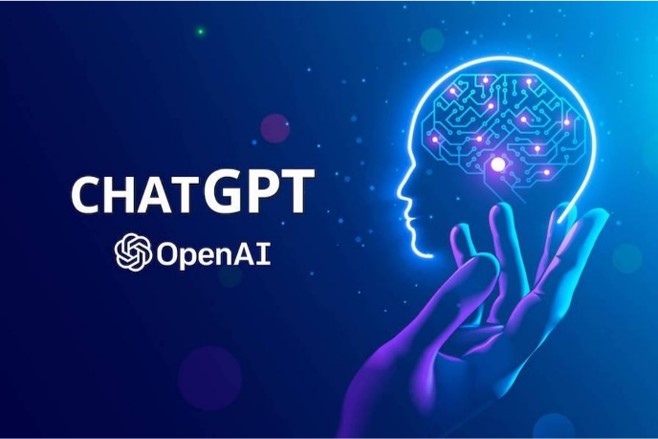 |
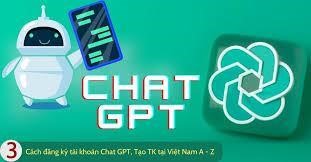 |
|
 CREATIVELY USING DIGITAL TECHNOLOGY in DIGICOMP
CREATIVELY USING DIGITAL TECHNOLOGY in DIGICOMP Click to read
Click to read  Click to read
Click to read  Click to read
Click to read  RESPONSIBLE CONSUMING
RESPONSIBLE CONSUMING Click to read
Click to read  Click to read
Click to read  LEISURE TIME
LEISURE TIME Click to read
Click to read  Click to read
Click to read  Click to read
Click to read  Click to read
Click to read  INFORMATION/CULTURE
INFORMATION/CULTURE Click to read
Click to read  Click to read
Click to read  TRAVELLING
TRAVELLING Click to read
Click to read  ARTIFICIAL INTELLIGENCE
ARTIFICIAL INTELLIGENCE Click to read
Click to read 























